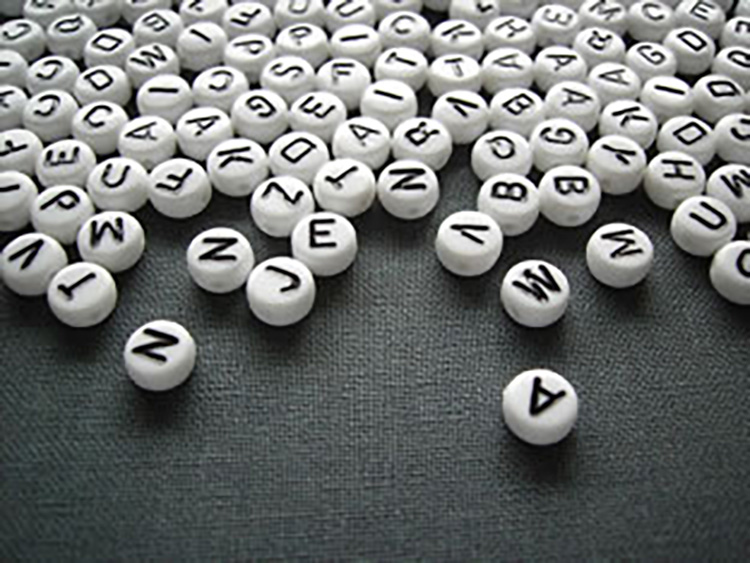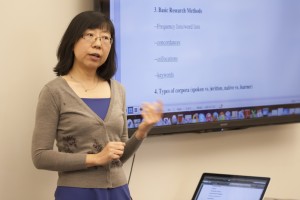Website: http://collinwoodfire.org/
Project Team: Michael Newbury, Daniel Houghton, Elise Biette (‘16.5), Maddie Dai (’14), Hosain Ghassemi (’17), James Graham (’16), Justin Holmes, Chad Kahn (’16), Sofy Maia (’16)
About: “The Collinwood Fire, 1908 has the scope of a scholarly book but is, instead, a formally complex, multi-media, digital story. Many people have contributed to the project, and we hope that others will do so by using and responding to it. Teachers and students working together in the Digital Liberal Arts Studio at Middlebury College built every part of the website. From the beginning, our efforts had to be intensely collaborative, because no individual had the range of design, technical, cinematic, research, and writing skills to complete it. This kind of shared digital scholarship in the humanities still stands in its infancy. One turn in the digital humanities is toward the mining and processing of enormous bodies of data, but our project harnesses computing power in a very different way—to tell stories across media and in ways that have simply not been available to previous generations of students and scholars.
Much of what we’ve done would have been impossible, or only possible in very different ways, just five years ago. Improvements in animation software, the proliferation of high-speed internet connections, the vast expansion of digital archives, and the full adoption of html5 and css3 make the look, content, navigation, and interpretive complexities of The Collinwood Fire, 1908 possible. The site tangles together the animated and the “real,” fading them into one another, telling the story of the fire while forcing readers to reckon with historical and narrative uncertainties that emerge in every account of the past. Similarly, the site positions visual and verbal sources against each other in untraditional ways, highlighting the always shifting ground of interpretation. When, for example, we initially show a teacher struggling to save children from death by fire in an action-filled animation sequence, she may well appear as the martyred heroine of a thrilling tale. Placing this vivid imagining against surviving sources about teacher-student relationships in Collinwood, though, as we do on the page entitled “Katherine Weiler’s Pearls,” forces a re-examination of that animated sequence. Maybe the movie depicts a martyred teacher struggling to save at least one child; or maybe it depicts scores of children ignoring a teacher in whom they feel no trust. The visual design of our project also places the technologies and design principles of the early twentieth century against those of the present, whether by representing a world of steam, smoke and fire in 3D animation or by mixing together the aesthetics of Victorian bookmaking with the movement and layout of contemporary web pages. The web makes these interpretive and creative juxtapositions possible in ways that more traditional scholarly forms do not.
Part of our purpose is to offer an example, a model, or at least an incentive for others in the humanities who might be interested in pursuing scholarly projects that take advantage of digital storytelling’s possibilities. To that end, the website also includes a small portion of our many, many stumbles, crashes, debates, restarts, and commentary on one section of the finished animation. Some of these difficulties were technological, but all were linked to more traditional questions and debates about narrative, historical interpretation, color design, and so forth. We wouldn’t want the finished product to obscure the often messy but rewarding process of creating it. John Dewey, the turn-of-the-20th- century educational reformer who was among the first theorizers and practitioners of what we now call “experiential” learning, would have lamented so much about the Lake View School —the overcrowded classrooms, the rows of fixed desks, the emphasis on recitation, the failure of architectural design, the seeming absence of imaginative or hands-on engagement in the curriculum. In making The Collinwood Fire, 1908 we have worked in response to one of many epigrammatic insights about education attributed to him: ‘We only think when confronted with problems.’”

